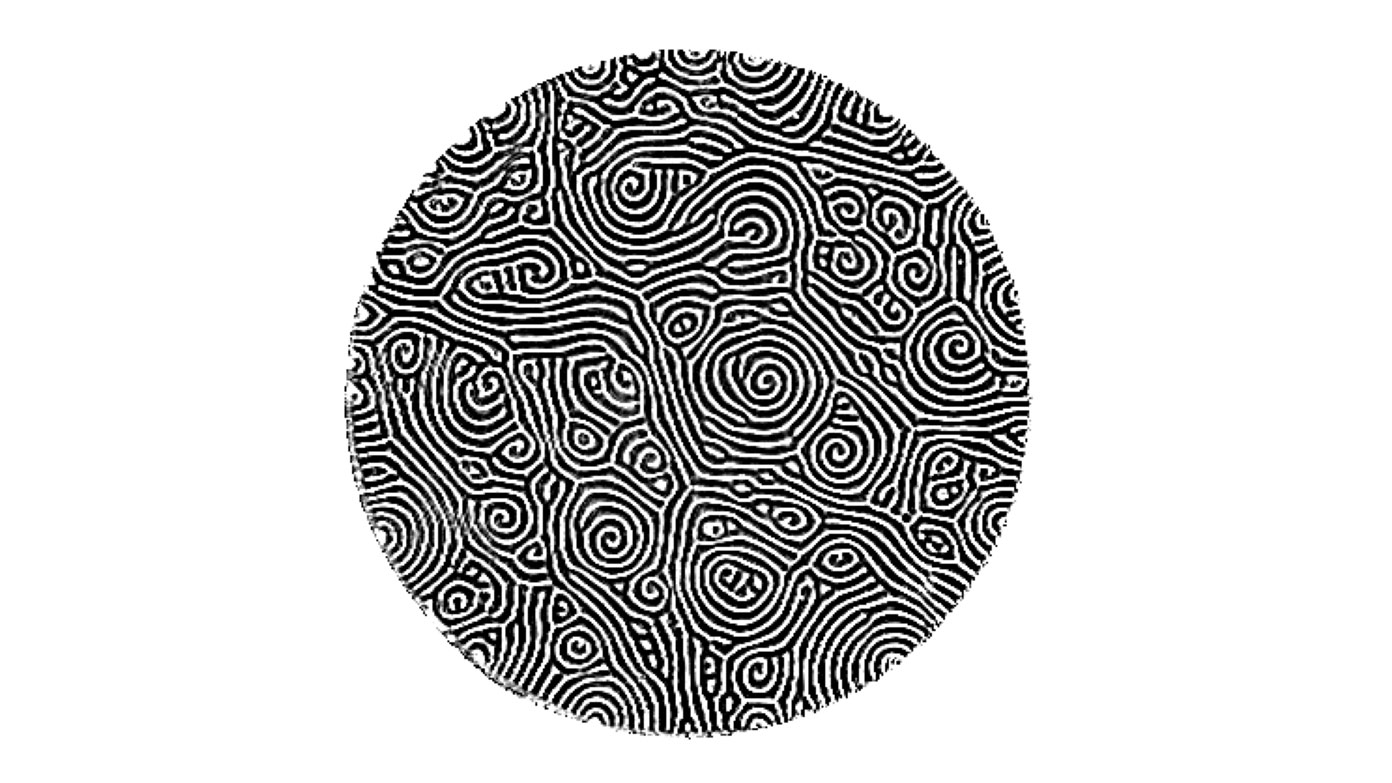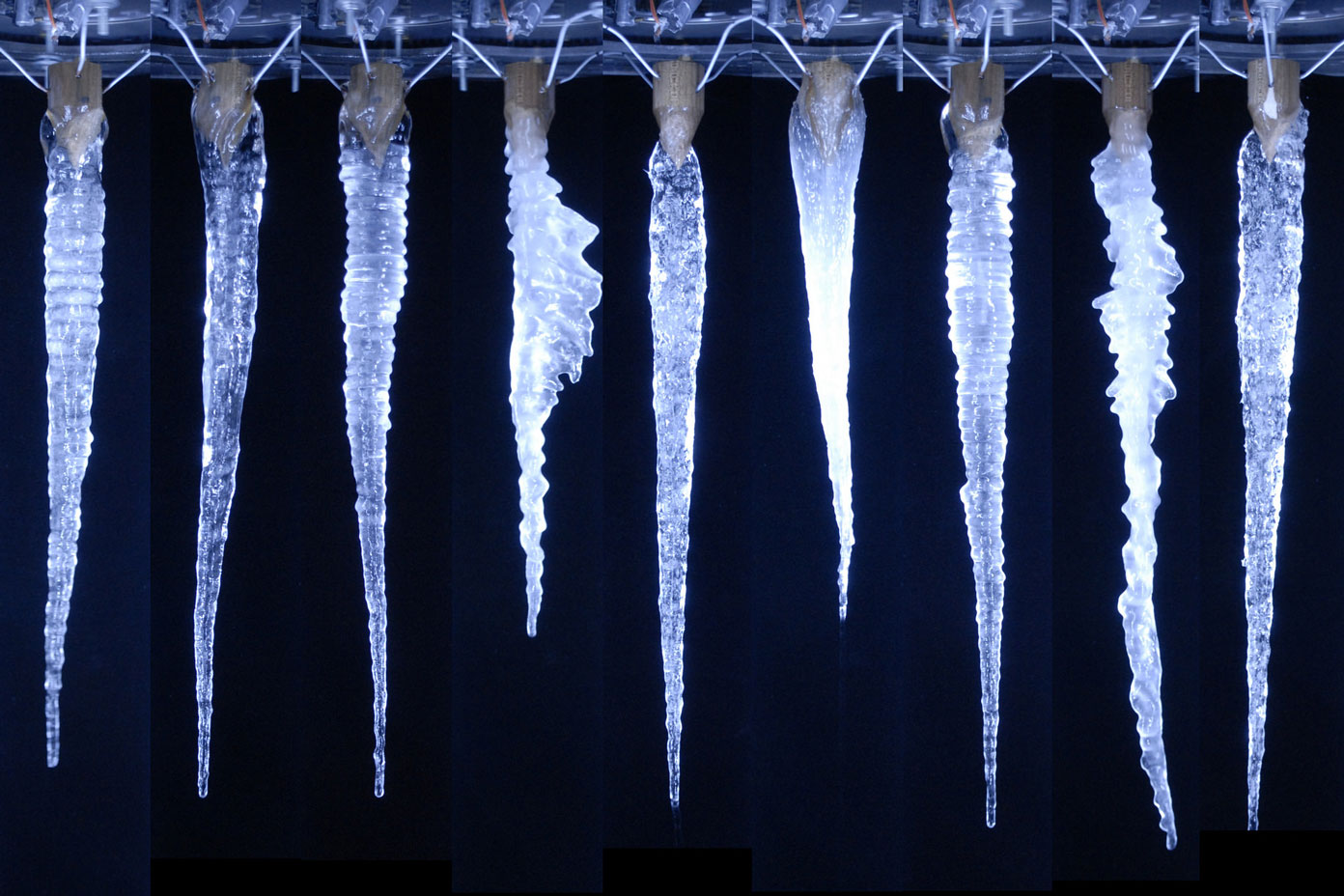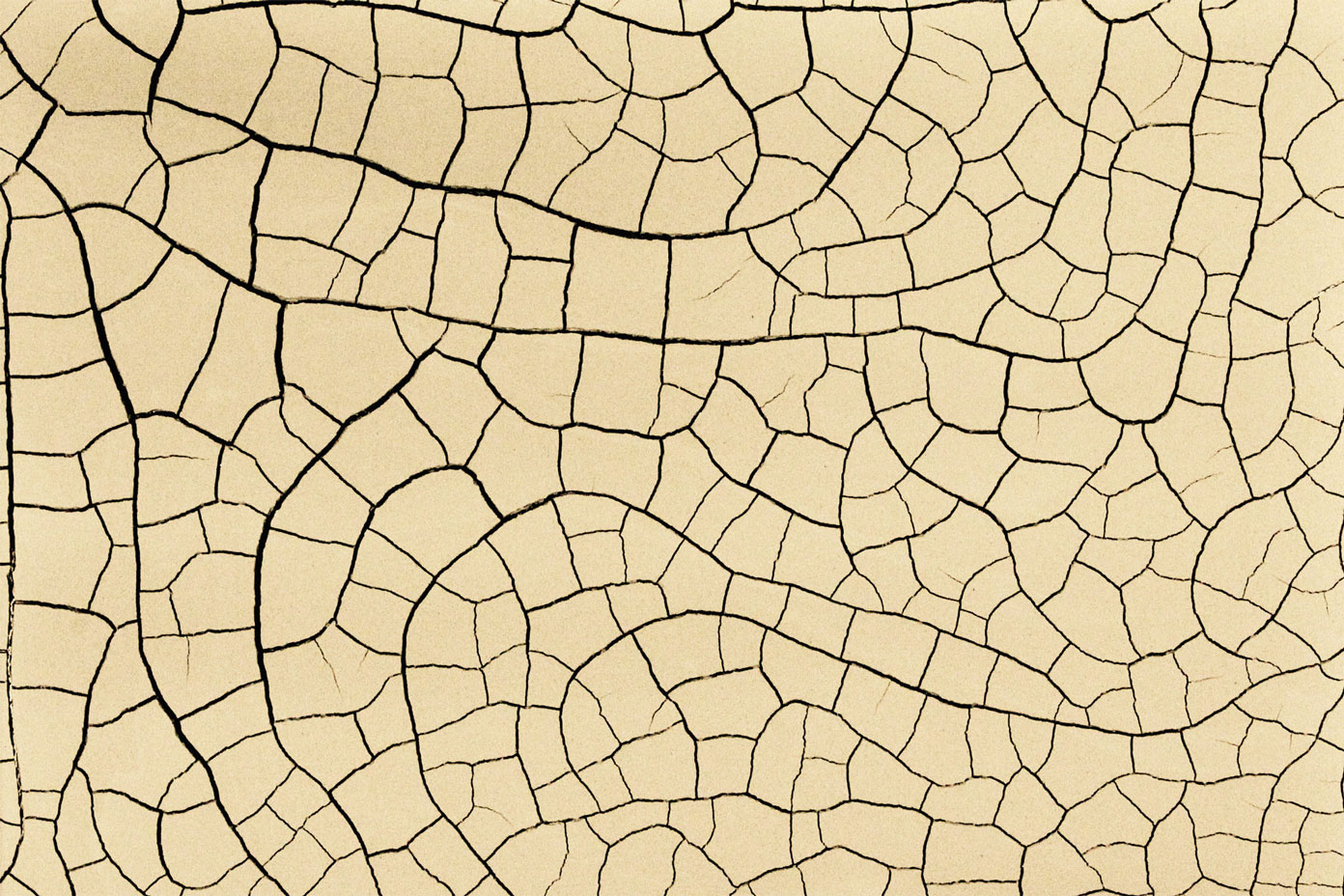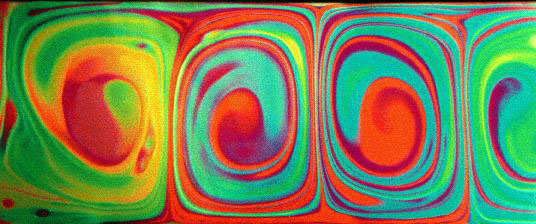Patterns are everywhere in nature, but how do chaotic processes result in regular shapes and textures?
Emergent patterns may look simple, but their regularity belies the complex systems that cause them. Studying patterns and their formation allows researchers to better understand these phenomena and how they work to spontaneously form ordered structures.
Stephen Morris, professor of physics at the University of Toronto, documents patterns both from the natural world and from experiments in his laboratory. Several of his photographs are now on display at Toronto’s Oakwood Village Library and Arts Centre throughout April at his show, Art & Physics of Pattern Formation.
“Patterns naturally attract casual attention but are also the subject of serious scientific research,” says Morris. “Some things just evolve all by themselves into strikingly regular shapes and textures.”

Finding examples of patterns in the everyday world is simple: any time you spot spontaneously ordered structures, it’s probably a case of nonlinear pattern formation.
You might notice it in the symmetry of a snowflake, in the ordered ripples of sand on a wind-swept beach, or in the spontaneous organization of birds in a flock.
For Morris, recognizing patterns in the laboratory changed his career.
“I first became professionally interested in patterns in the late 1980’s when I serendipitously observed a convection pattern in a flowing liquid crystal film during an unrelated experiment I was working on,” says Morris.
“I changed my research direction and have been working on pattern formation ever since.”
In nonlinear patterns, shapes emerge spontaneously from a dynamic process of growing, folding, cracking, wrinkling, branching, flowing and other kinds of morphological development.
One of Morris’s main research interests is icicle formation (you can read more in our past blog post on this topic here), and he has grown hundreds of icicles to describe and predict how they will grow using equations. You can view them all on his publicly available icicle atlas.

Fracture networks are can be found everywhere in nature, and mudcracks are a common example. In the image below, the long curving cracks are the primary cracks that appear first, followed by the secondary that intersect the primaries at 90 degrees. In turn, tertiary cracks also intersect the secondaries at 90 degrees, and the resulting pattern shows mainly T-shaped junctions that form a system of square shapes.
By contrast, fracture networks in mud that go through cycles of wetting and drying evolve into networks of Y-shaped junctions, ultimately forming systems of hexagons.

You may never have heard of smectic liquid crystals, a material whose name means “soapy”, but they form very interesting thin films that are a bit like soap bubbles. Suspended between electrodes, they can form a film that flows easily and is only three molecules thick. These are nearly perfect two-dimensional fluids.
Applying electric current through smectic films allows the visualization of two-dimensional convection patterns.

Art & Physics of Pattern Formation opens tonight and is on display through April 30, 2018 at Toronto’s Oakwood Village Library and Arts Centre. You can also see Morris talk about emergent patterns at the ArtSci Salon event Emergent Form: an interdisciplinary concept at Toronto’s Fields Institute on April 10, or Emergent Form and Complex Phenomena at Ottawa’s National Arts Centre on April 14.






































